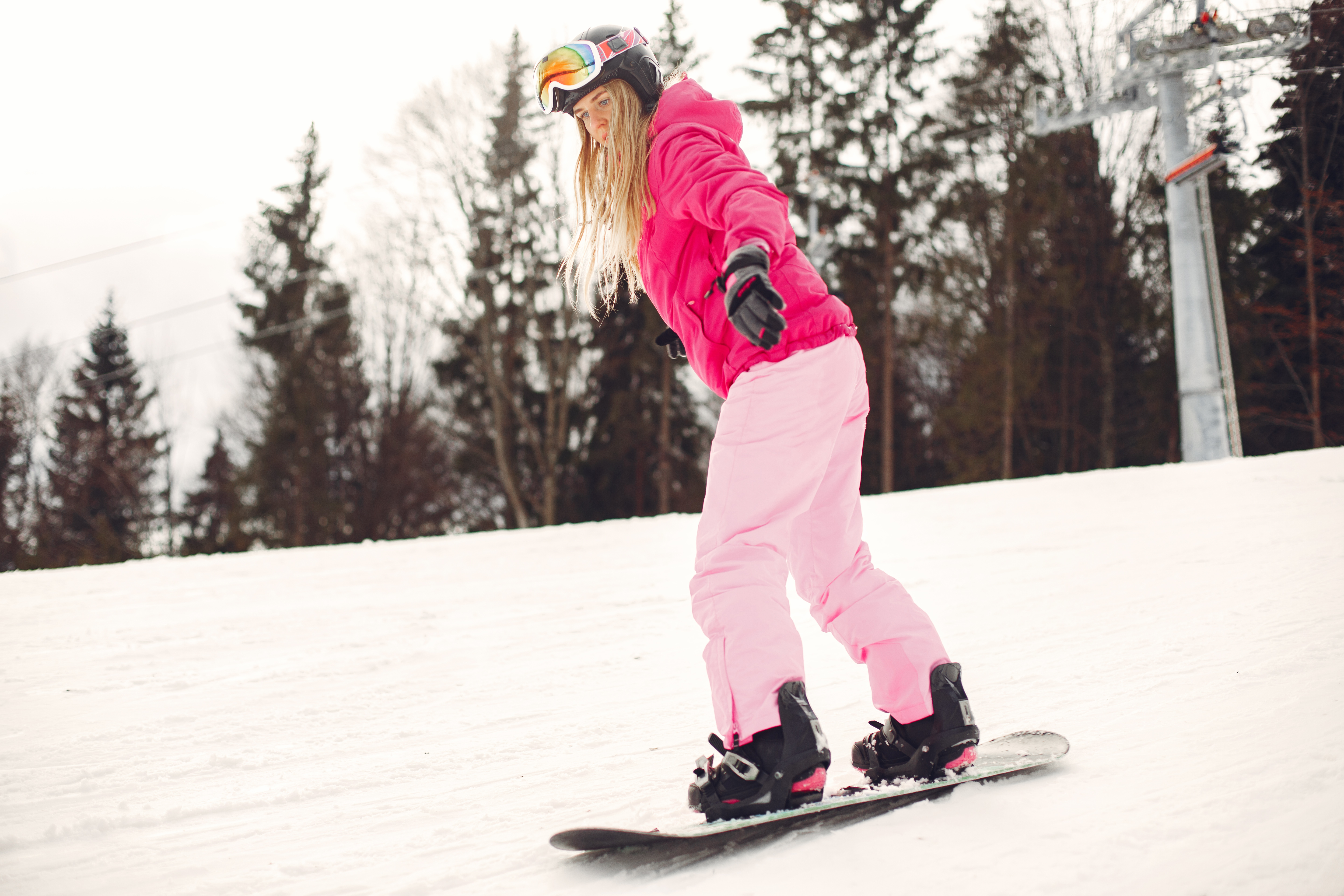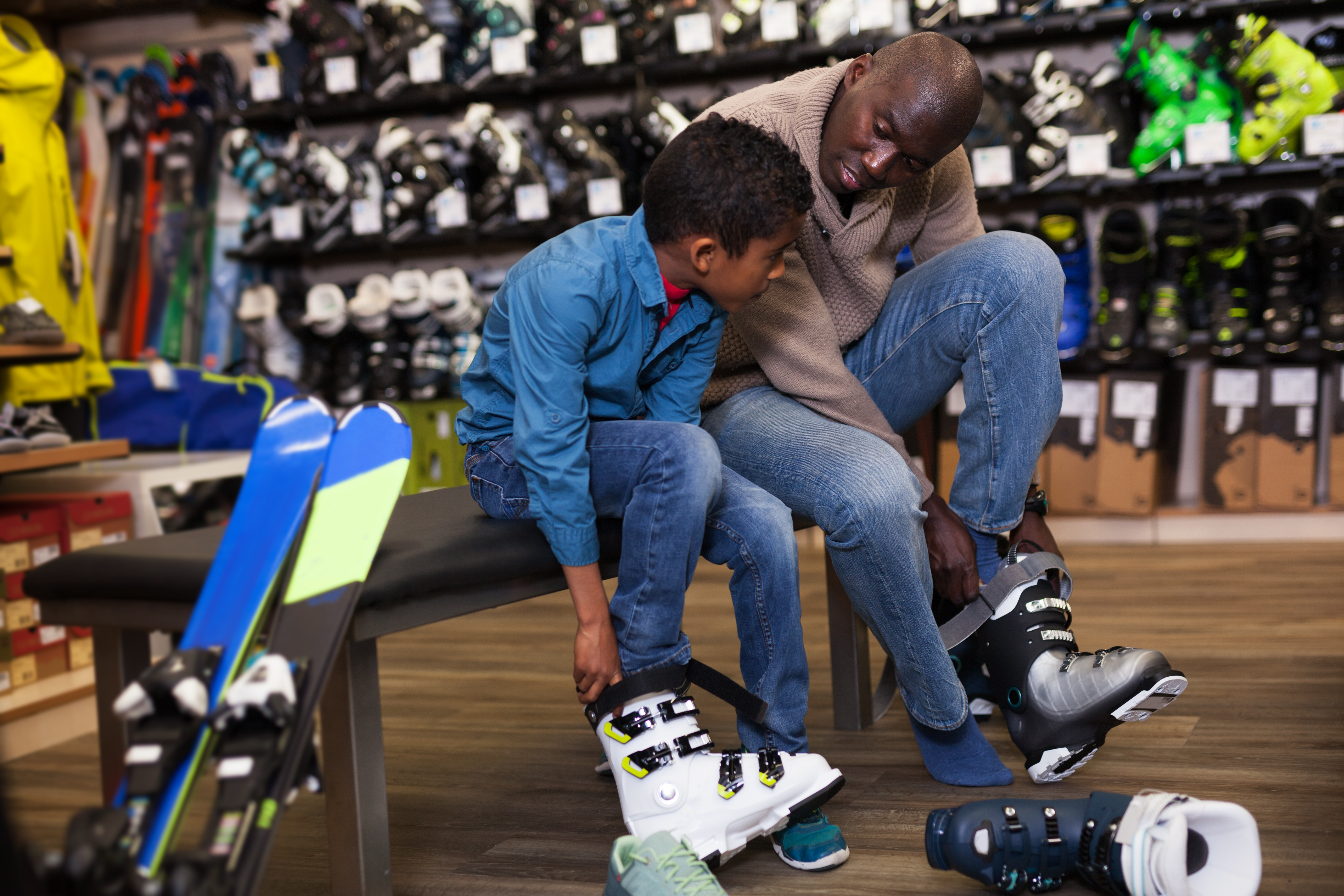Tips to Reduce Your Risk of Winter Sports Injuries
Whether you are twirling around the rink at Iceland, enjoying the natural beauty of Quogue on cross country skis or snowshoes, or heading out of town for a day on the slopes at one of New Jersey’s ski areas, there are plenty of ways to enjoy the winter season on Long Island.
Unfortunately, there are plenty of opportunities for winter sports injuries as well. The U.S. Consumer Products Safety Commission reports that more than 200,000 people were seen for injuries related to winter sports in 2018. From strains and sprains to fractures and concussions, the combination of slippery surfaces and high speeds (and sometimes, a little too much enthusiasm) can mean a serious injury.
At South Island Orthopedics, we see our fair share of winter sports injuries, often in our orthopedic urgent care center. Our team of orthopedic specialists is here to provide expert care, from diagnosis through treatment and recovery, but we are also committed to helping to prevent injuries in the first place. As the saying goes, “An ounce of prevention is worth a pound of cure,” so keep these tips in mind to stay safe when you head outdoors.
Falling is Inevitable, But Injury Isn’t
Activities like skiing, snowboarding, and skating are among the most popular winter activities, but they are also the cause of the majority of winter sports-related orthopedic injuries. Some of the most common injuries include:
- Wrist, hand, and thumb injuries
- Knee injuries, in particular, torn anterior cruciate ligaments (ACL)
- Shoulder injuries, including dislocations, separations, and fractures
- Leg and arm fractures
- Spinal cord injuries
- Closed head injuries
Many factors can contribute to injuries, but one of the most frequent is skiing or snowboarding beyond one’s ability—and that includes learning how to fall.
Falling is an inevitable part of most winter sports. Even professional athletes fall, and frequently. However, the key to avoiding injury is knowing how to fall correctly. Many wrist injuries, for example, occur because of the natural tendency to try to stop a fall by putting your arms straight out.
Therefore, two of the most important tips for avoiding injuries during winter activities are:
- Know and respect the limits of your abilities.
- Take lessons, and learn proper techniques for your sport before participating. (This includes learning how to fall properly—and safely get back up when you do.)
A few other tips to remember:
- Follow the rules of your sport.
- Stay on marked trails or in designated playing areas.
- Pay attention to posted warnings.
Taking unnecessary chances increases your risk of getting hurt exponentially, so be mindful of the rules and guidelines to keep yourself—and others—safe.
Equipment Matters: Get the Right Gear
Using the proper equipment for winter activities can go a long way toward preventing winter sports injuries. This includes using the right equipment for your sport—including safety gear like helmets, goggles, gloves, and pads—but also making sure that gear is in good condition and fits properly.
For instance, skates that have a dull blade will cause you to slip on the ice, increasing the likelihood of a fall. Or, wearing skis that are too short can affect your stability and control, while excessively long skis can make it harder to turn. Using the right gear for your chosen sport makes your time on the slopes or the ice more fun, and safer.
This is especially true when it comes to helmets. Studies indicate that wearing a helmet while skiing or snowboarding reduces the risk of a head, neck, or facial injury by almost half. Children especially should also wear helmets while sledding or tobogganing. A winter sports helmet is best, but a bike helmet will do to help prevent a serious head injury in the event of a collision on the hill.
Prepare Yourself for Winter Sports
As with any physical activity, preventing injuries requires warming up first—and knowing your limits. Not only are cold muscles, ligaments, and tendons more vulnerable to injury, but not warming up can cause you to feel fatigued sooner and lead to more pain and stiffness later on. Warm up by jogging or marching in place and doing some dynamic stretching before you hit the slopes.
Many winter sports injuries occur toward the end of an outing when you’re more likely to feel fatigued or be dehydrated. Don’t forget to drink plenty of water throughout the day, and know when to rest or call it a day.
Getting Help When You Experience an Injury
Following these tips can help you stay active and injury-free all winter long, no matter what sport you prefer. If the unexpected does occur, though, you can rest assured that high-quality orthopedic care is available right in your neighborhood.
With three locations serving the North and South Shores of Long Island, South Island Orthopedics is here to help you get back in the game as soon as possible. With in-house imaging services and a full team of board-certified surgeons on staff, plus a full range of physical therapy, pain management, sports medicine, regenerative care, and more, we have everything you need to make a full recovery and return to doing what you love.
Whether you need urgent care for a recent injury or treatment for an ongoing issue, make an appointment at any of our locations today.
Posted in: Local, Sports Medicine



